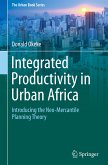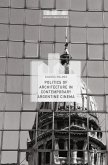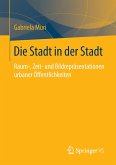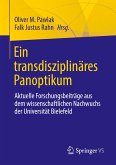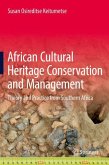The book contributes to a recontextualization of authenticity by investigating how this value is created, reenacted, and assigned. Over the course of the last century, authenticity figured as the major parameter for the evaluation of cultural heritage. It was adopted in local and international charters and guidelines on architectural conservation in Europe, South and East Asia. Throughout this period, the concept of authenticity was constantly redefined and transformed to suit new cultural contexts and local concerns. This volume presents colonial and postcolonial discourses, opinions, and experiences in the field of architectural heritage conservation and the use of site-specific practices based on representative case studies presented by art historians, architects, anthropologists, and conservationists from Germany, Nepal, India, China, and Japan. With more than 180 illustrations and a collection of terminologies in German, English, Sanskrit, Hindi, Nevari and Nepali, classical Chinese and standard Mandarin, and Japanese, these cross-cultural investigations document the processual re-configuration of the notion of authenticity. They also show that approaches to authenticity can be specified with key analytical categories from transcultural studies: appropriation, transformation, and, in some cases, refusal.
"This is very interesting reading and a truly incredible source of information which moves from the Western European focus of most of the discussions about architectural conservation. It shows an impressive wealth of first-hand investigation and reflective architectural conservation practice. ... I would very much recommend this book for postgraduate students and conservation professionals and encourage the editors and contributors to continue this very important research." (Cristina Gonzalez-Longo, Conservation and Management of Archaeological Sites, Vol. 21 (2), 2019)


